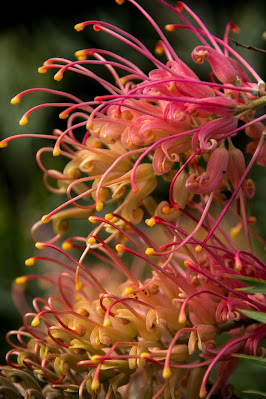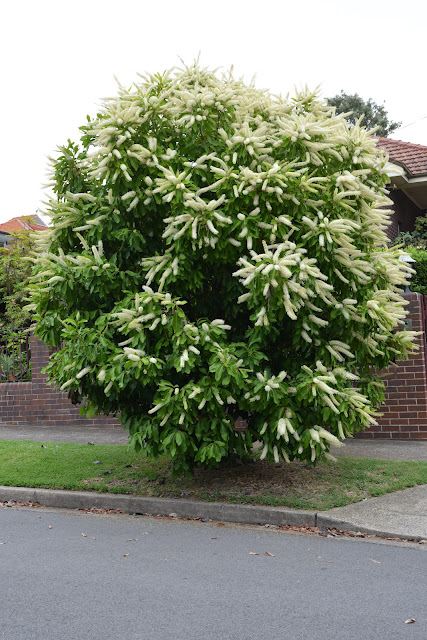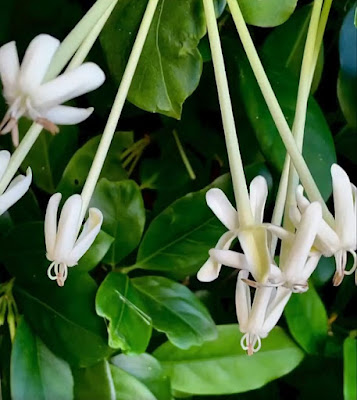
Episodes

Monday Jun 20, 2022
Pruning Australian Native Plants on Real World Gardener
Monday Jun 20, 2022
Monday Jun 20, 2022
PLANT DOCTOR
Pruning Native Plants
For some reason, many gardeners have been reluctant to prune their native plants, thinking that if they did, those plants might never recover or worse, just drop dead.
Seems counter intuitive doesn’t it?
 |
| Grevillea 'Lollipops' photo M Cannon |
 |
| Grevillea 'Superb' photo M Cannon |
So how should we prune our native plants?
Steve and I are not saying that you need to clip everything into a ball to make it look like a formal garden.General rule: Prune after flowering

It might seem risky, but if you only prune lightly, then you’ll be rewarded with a much better looking plant.
I'm talking with Steve McGrane, Horticulturist and agriculturist.
If you have any questions you can email us Realworldgardener@gmail.com or write in to 2rrr, PO Box 644 Gladesville NSW 1675.

Friday May 20, 2022
Mixed Shrub Borders are in again on Real World Gardener
Friday May 20, 2022
Friday May 20, 2022
DESIGN ELEMENTS
This is a series about foliage colour and contrast and textural contrast for year round interest. The focus is also on non-general lines instead of production grown planting. In other words, plants that may not necessarily be easy to find but so worth the effort. We kick off the series with mixed shrub borders.
- MIXED SHRUB BORDER
Are they a thing of the past or a living process that still has relevance for the modern smaller garden?
 |
| Hibiscus capitolia 'Apricot Sport' |
This kind of design style has been used for hundreds of years because it has great garden appeal. There is no reason for it be considered irrelevant or 'old hat,' simply because it is so adaptable. It can be either formal or informal, full of colour and contrast or not, annuals, perennials and shrubs.
Today though, it's all about the shrubs and is a start of the design series that covers everything from mixed shrub borders, sub-shrubs, climbers, hero trees to best garden bromeliads.
I have to say, Peter Nixon and Real World Gardener's contributor for this series, focuses largely on what he calls cool sub-tropical garden or ‘cool sub-trops’ which he refers to often.
Don’t be put off if you live in a different climate because often plants adapt to a variety of climatic conditions and are worth a try.
Peter mentions the following shrubs as his 'best.'
 |
| Posoqueria longiflora |
- Tibouchina multifida-not more than 1.5m in height.
- Hibiscus capitolio 'apricot sport'-double flowering hibiscus, slightly pendulous. 2.5m in height.
- Posoqueria longiflora-commonly called Japanese Needle flower. Has perfumed flowers with a long white tube, height to 3m in semi-shade.
- Brunsfelsia macrantha,
- Acokanthera oblongifolia - Bushmans Poison,
- Gardenia grandiflora ’Star’,
- Rosa sanguineus,
- R. chinensis ’Ten Thousand Lights'
Let’s find out more, I'm talking with Peter Nixon of Paradisus garden design. www.paradisusgl.peternixon.com.au,
